# 406 Most High, omnipotent, good Lord
Words: Francis of Asssi
Music: Assisi, Alfred Morton Smith
Sources: Wikipedia and Hymnary.org
Known as The Canticle of the Sun, also known as Laudes Creaturarum (Praise of the Creatures) and Canticle of the Creatures, is a religious song composed by Saint Francis of Assisi. It was written in an Umbrian dialect of Italian but has since been translated into many languages. It is believed to be among the first works of literature, if not the first, written in the Italian language.
The Canticle of the Sun in its praise of God thanks Him for such creations as "Brother Fire" and "Sister Water". It is an affirmation of Francis' personal theology as he often referred to animals as brothers and sisters to Mankind, rejected material accumulation and sensual comforts in favor of "Lady Poverty".
Saint Francis is said to have composed most of the canticle in late 1224 while recovering from an illness at San Damiano, in a small cottage that had been built for him by Saint Clare and other women of her Order of Poor Ladies. According to tradition, the first time it was sung in its entirety was by Francis and Brothers Angelo and Leo, two of his original companions, on Francis' deathbed, the final verse praising "Sister Death" having been added only a few minutes before
Alfred Morton Smith (1879-1971) was born in Jenkintown, Pennsylvania, and studied at the University of Pennsylvania and Philadelphia Divinity School). An Episcopalian, Smith was ordained a deacon and a priest. After a short time in Philadelphia and Long Beach, California, he served at St. Matthias Church, Los Angeles, for ten years. He was a chaplain in the U.S. Army during World War I, returning to Philadelphia in 1919, where he spent the remainder of his career. He retired in 1955. In 1963, Smith moved to Drium Moir, Chestnut Hill, Pennsylvania, and in 1968 to Brigantine, New Jersey, where he remained until his death. --The Presbyterian Hymnal Companion, 1993.
I regret I can’t find a good video/audio clip of this hymn. I hope you will enjoy singing it in church on October 6.





















